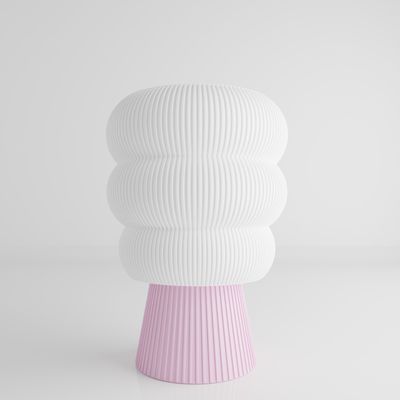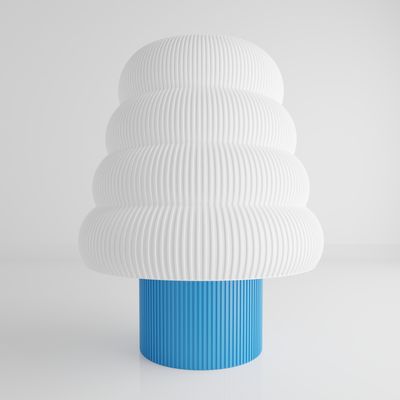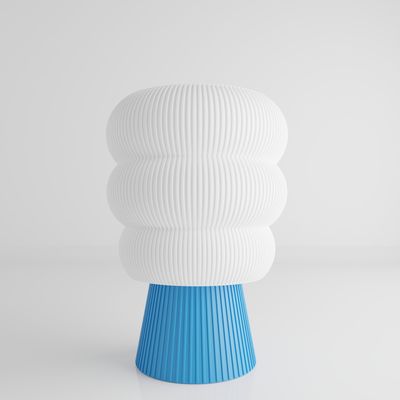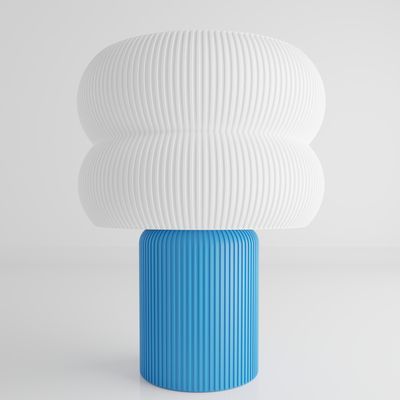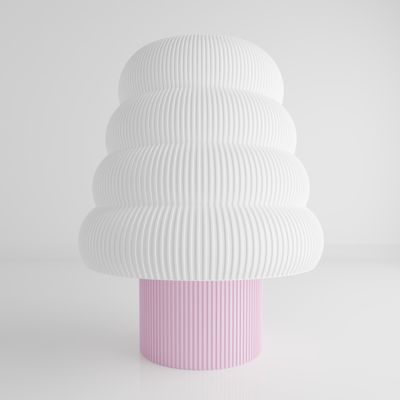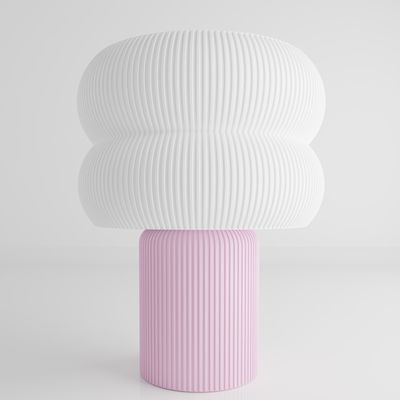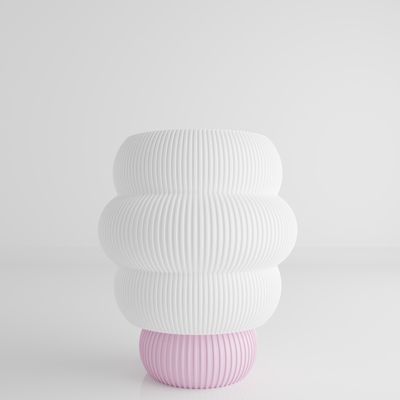Everything about the color Timberwolf
The meaning of the color timberwolf and color combinations to inspire your next creation.
Browse images in the color timberwolf
What color is timberwolf?
Timberwolf is a soft, muted grayish-white color, reminiscent of the fur of a timber wolf. It is a neutral tone that exudes calmness and sophistication.
What are similar colors to timberwolf?
For variations within the same neutral and soft spectrum as timberwolf, consider:
- Beige (#F5F5DC) shares timberwolf's subtle warmth with a slightly more yellow undertone, offering a cozy and inviting feel.
- Taupe (#483C32) is a darker, earthier version of timberwolf, providing a rich, natural vibe.
- Ivory (#FFFFF0) is a lighter, creamier shade that complements timberwolf's soft elegance.
- Gray (#808080) is a more versatile, slightly cooler tone that pairs well with timberwolf's neutral qualities.
What color goes with timberwolf?
To complement timberwolf's neutral tones, consider pairing it with:
- Sage (#BCB88A) offers a refreshing, green-tinged balance that enhances the natural feel of timberwolf.
- Lavender (#E6E6FA) adds a touch of elegance with its soothing, purple-tinged hue.
- Mint (#98FF98) provides a crisp, cool contrast that complements the softness of timberwolf.
- Peach (#FFE5B4) matches with timberwolf's warm, sunny tone and offers a gentle contrast.
What color conflicts with timberwolf?
To avoid clashing with timberwolf's subtle elegance, consider avoiding:
- Black (#000000) can overpower the softness of timberwolf.
- White (#FFFFFF) risks washing out the delicate nuances of timberwolf.
- Bright Red (#FF0000) may be too intense and stark against timberwolf's muted tone.
- Neon Yellow (#FFFF33) can clash with timberwolf's understated elegance.
What does the color timberwolf represent?
Timberwolf represents tranquility and neutrality, often associated with nature and the wilderness. It evokes a sense of calm and balance. Psychologically, timberwolf can create a soothing environment, promoting relaxation and peace. It is often used in design to convey sophistication and understated elegance. In art and photography, timberwolf can serve as a versatile backdrop, enhancing other colors and elements without overpowering them.
What's the history of timberwolf?
The name "timberwolf" is derived from the color of the fur of the timber wolf, a species native to North America. This color has been used in various industries, from fashion to interior design, for its neutral and versatile qualities. In modern times, timberwolf is appreciated for its ability to blend seamlessly with both warm and cool palettes, making it a popular choice for minimalist and contemporary designs.
Color Variations
Shades
Tints
Hues
Color Palettes
Monochromatic
Complementary
Analogous
Triadic
Tetradic
Images with timberwolf color
Color Conversions
#DBD7D2rgb(219, 215, 210)rgb(86%, 84%, 82%)0, 2, 4, 14hsl(33, 11%, 84%)33, 4, 86#DBD7D286, 0, 365, 68, 7186, 3, 8111011011, 11010111, 11010010Color(red: 0.8588235294117647, green: 0.8431372549019608, blue: 0.8235294117647058)UIColor(red: 0.8588235294117647, green: 0.8431372549019608, blue: 0.8235294117647058, alpha: 1.0)Color(0xFFDBD7D2)



